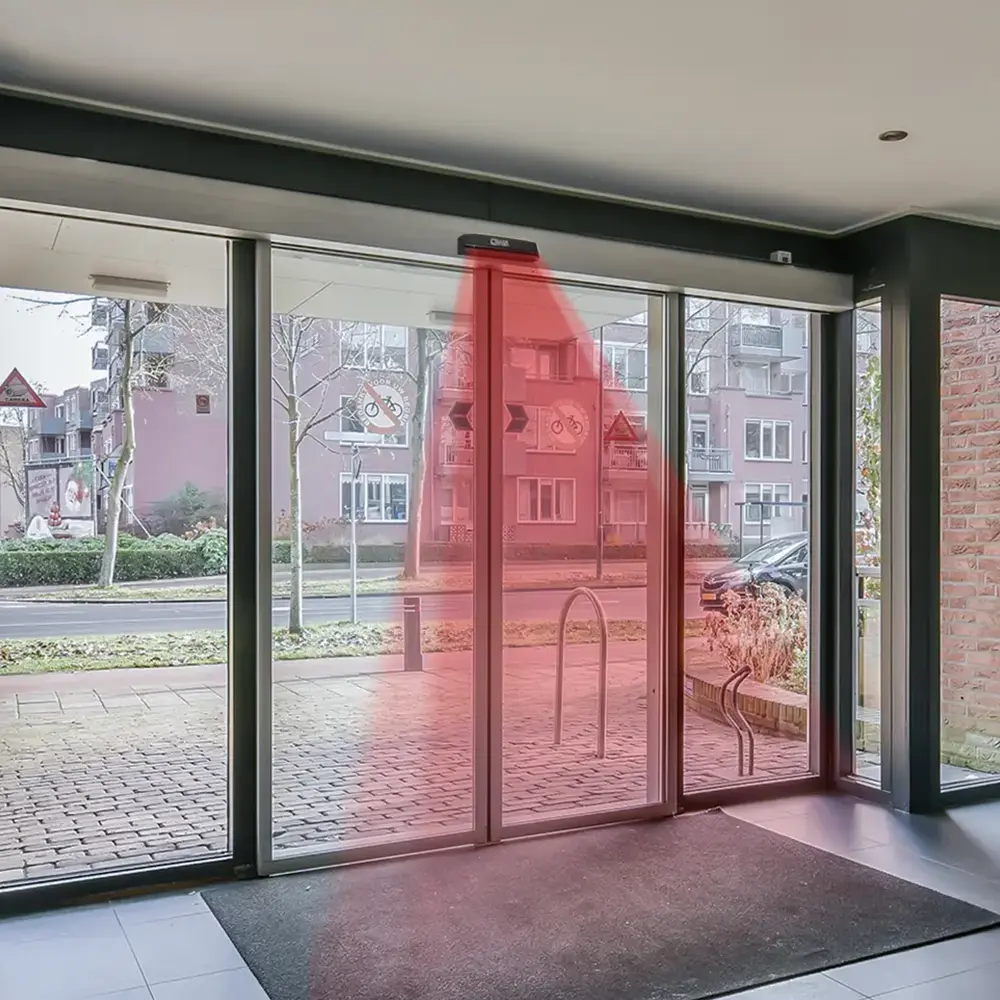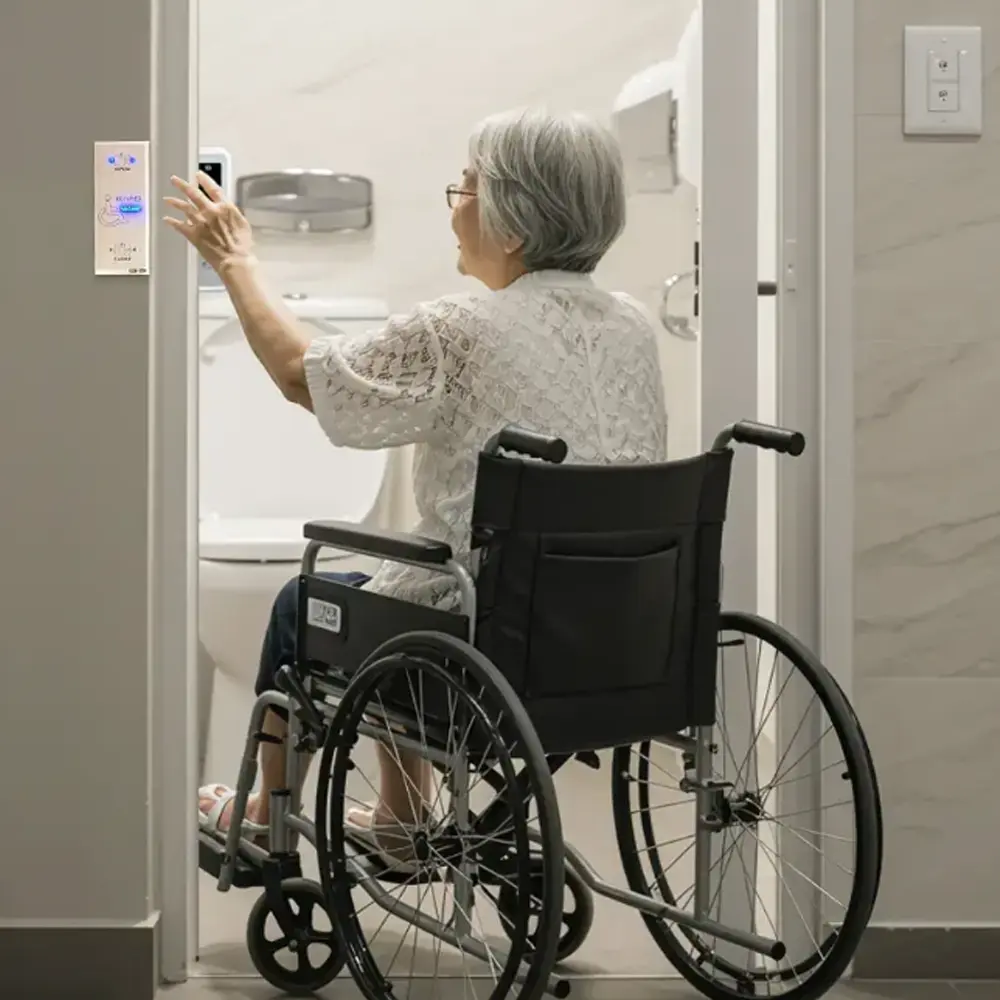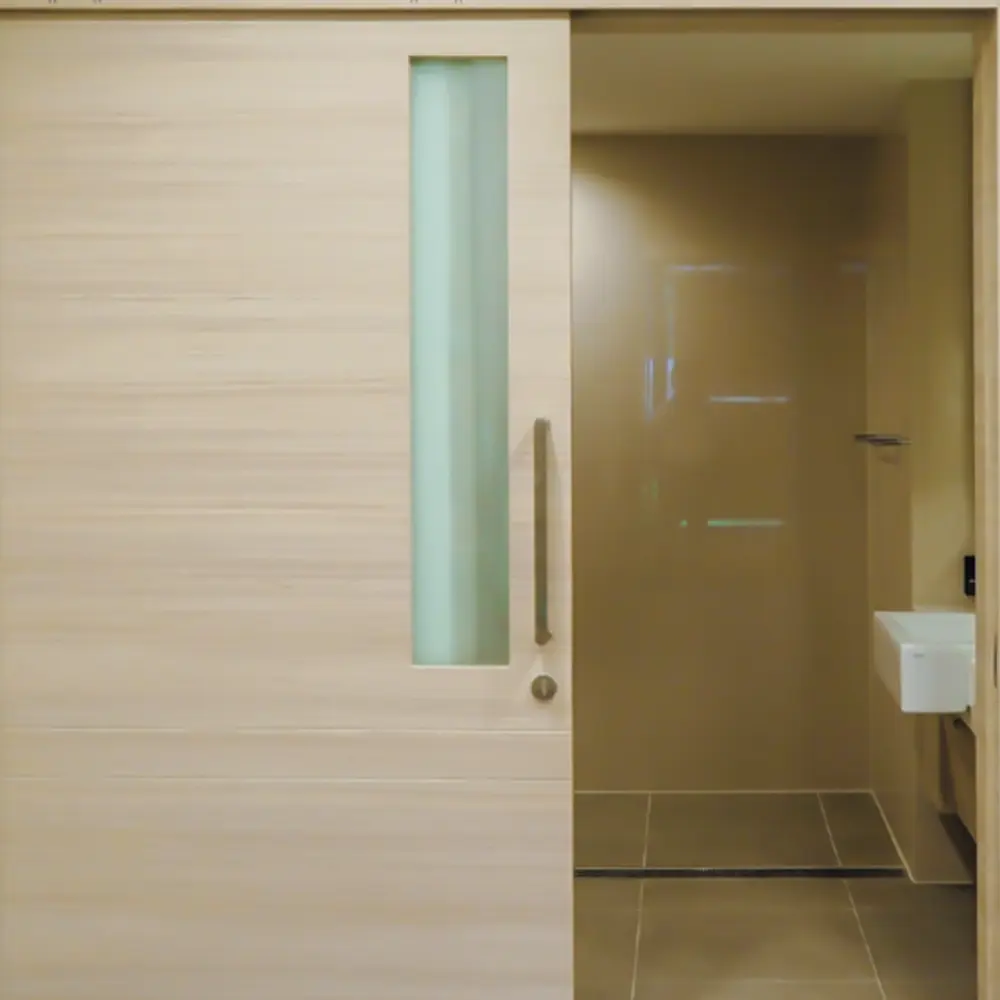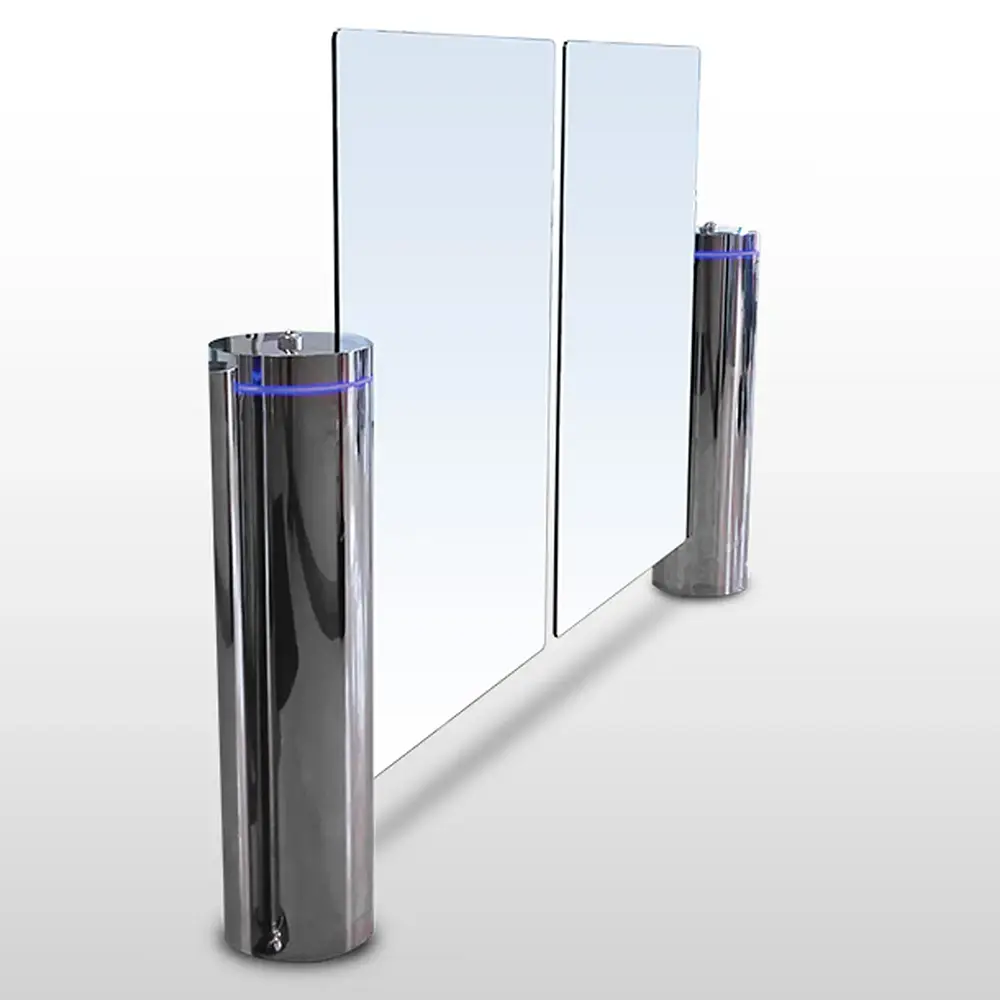
"Automatic windows are convenient, safe, and easy to use, making them ideal for businesses and customer service in fast-paced business-to-consumer environments."
An automatic window is an applied technology that opens and closes with an electric system. Designed with a focus on convenience and modern aesthetics, its mechanical system is quite similar to an automatic door, differing primarily in size and purpose. As they become more popular, Door Studio offers a guide on how to choose the right automatic window for your drive-thru or service counter.
Table of Contents
Understanding Automatic Windows
Automatic windows function in a straightforward manner, powered 100% by electricity. They are compatible withThailand's electrical grid , supporting voltages from 12V up to 220V household current. They feature a compact, lightweight drive unit, with the key components being the "control switch" and "motor."
The purpose of an automatic window is completely different from an automatic door. Automatic windows are operated by a staff member who is stationed at a counter, controlling the opening and closing to talk or provide services to a large number of customers. The speed of communication through the window is essential for tasks like serving food and drinks at a drive-thru, providing information at a reception counter, or handling financial transactions.
In contrast, Automatic doorare used as a screening point to partition different zones. General users simply walk through them as part of their normal routine. There is no need for a dedicated staff member, and the interaction time is minimal.

Common Applications for Automatic Windows
Automatic windows, automatic shutters, and electric louvers are widely used in the United States and European Union. Door Studio has compiled a list of common businesses and locations where automatic windows are installed:
- Information Desks: As the front line of any organization, whether public or private, this unit is essential for communicating with a high volume of people and customers daily. Automatic windows greatly facilitate rapid service.
- Customer Service and Public Service Counters: Automatic windows are frequently used at service counters, which are essentially rooms with a central opening for the window. This is common in various government agencies, where manual sliding or electric louver windows are increasingly being replaced.
- Drive-Thru for Food and Beverages: This was one of the first areas to widely adopt automatic windows, especially in coffee shops and fast-food restaurants that operate on a drive-thru, "park-and-go" system.
- Internal Departments: In large organizations, departments need to communicate frequently. Some departments, like accounting, finance, or human resources, require high security but still need to interact regularly with employees and external parties. While manual sliding windows were once the norm, many companies now upgrade to automatic systems for greater convenience, efficiency, and energy savings.
- Hard-to-Reach Areas: In offices, buildings, factories, production lines, or research labs, certain areas can be difficult to access due to their height or small size, such as windows, stairwells, or roof openings. Manually opening and closing windows in these spaces can be inconvenient, making an automatic system necessary.

How to Choose an Automatic Window
Door Studio provides a guide on how to select an automatic window, considering key factors.
1. Purpose of Use
The first and most important factor to consider when choosing an automatic window is its purpose. You need to define the primary goal: What type of application will the automatic window be used for? How frequently will it be used? And at what times?
Answering these questions provides a broad overview and helps you tailor the installation to your specific needs, whether it's for a business, service counter, information desk, or a goods delivery point. Clearly defining the purpose and allowing for some flexibility ensures you select the right specifications to meet your needs and maximize functionality.
2. Installation Space
The size of the installation area is equally important. Accurately defining and measuring the space allows you and the engineer to design the automatic window to fit perfectly. Remember to account not only for the frame, glass, and tracks, but also for the space required for the "drive unit" and "motor system."
3. Materials and Design
Regarding materials and design, over 80% of automatic windows in Thailand are similar in style to automatic doors. They typically feature an aluminum frame with glass. You can choose the frame color and a variety of glass types, such as standard glass, laminated glass, or tempered safety glass. Suppliers usually provide a catalog for you to choose from.
4. Mechanical System
The mechanical system of an automatic window is 100% electric. Currently, there are three control methods: push-button switches, touchless (hand-wave) switches, and motion sensor switches.
Automatic window components include:
- Automatic window/window sash/lock
- Drive unit and motor
- Track cover
- Sliding track
- Motion sensors (3 types available: microwave sensor, infrared sensor, multi-sensor)
- Push-button switch or touchless control switch
- ON/OFF power switch
- Safety sensor (also known as a "cat's eye")
5. User Experience
User experience is another crucial factor that many people overlook. The saying, "The one who installs it doesn't use it, and the one who uses it didn't install it," often rings true. One of the primary goals of designing and installing an automatic window is to make it easy to use and suitable for the end-user.
This includes considering the window size, installation space, and even the height and physical stature of the staff and users. The goal is to create a positive and user-friendly experience for everyone.
6. Safety
Since automatic windows are operated directly by users through buttons or motion sensors and must remain open during use (for handing over goods, food, or documents), safety is a critical consideration.
A good and efficient automatic window should have international certifications for continuous operation, as well as an IP rating to protect the system from dust and water.
7. Energy Efficiency (Eco-System)
Another important topic gaining a lot of attention today is the Eco-System. An automatic window should be designed and manufactured to be environmentally friendly and have a very low energy consumption (low operating cost) for long-term savings.
8. Brand, Warranty, and After-Sales Service
The final, and equally important, factors to consider are the brand, warranty, and after-sales service. They should be reliable, with a verifiable track record. Reviews from other customers are a great bonus. Door Studio also recommends asking suppliers for their Project References to evaluate their past work.
Door Studio hopes this content provides readers with the knowledge they need to make a well-informed decision and choose the right automatic window that meets their needs and budget.
Easy-to-Read Summary
An automatic window functions similarly to an automatic sliding door. It is controlled by push-button switches or sensors and operates on 100% electricity. It is popular in drive-thru businesses and various service counters where staff members frequently and closely interact with customers. A good selection process ensures you get the best user experience and value for your money.
For Project Work
Expand your projects with confidence. Choose Door Studio for the automatic doors in your large-scale projects.











